The Book of Songs, or Shijing, stands as one of China's oldest and most revered literary treasures. Compiled over 2,500 years ago, it is not merely a collection of poems but a living testament to the musical and ritual traditions of ancient China. These songs, once sung and performed, offer a rare glimpse into the social, cultural, and spiritual life of a civilization that valued harmony between humanity and the cosmos. The interplay between music, poetry, and ritual in the Shijing reveals a world where song was not mere entertainment but a vital force shaping moral order and communal bonds.
Scholars have long debated the origins of the Shijing, with many believing it was curated from folk songs, courtly compositions, and ceremonial hymns. The text is divided into three main sections: the Feng (Airs of the States), the Ya (Odes and Epics), and the Song (Hymns). Each reflects distinct musical traditions and social contexts. The Feng, for instance, captures the voices of common people—love songs, labor chants, and laments—while the Ya and Song sections contain more formal pieces used in aristocratic ceremonies and ancestral worship. What unites them is their role in the Confucian ideal of li (ritual propriety), where music served as a bridge between the earthly and the divine.
The musicality of these ancient verses is often overlooked in modern readings, yet it was central to their purpose. Unlike modern poetry, which prioritizes text, the songs of the Shijing were inseparable from their melodies, rhythms, and performance settings. Instruments like the qin (zither), se (a larger zither), and bianzhong (bronze bells) accompanied these songs, creating a soundscape that was both meditative and majestic. The lyrics themselves followed repetitive structures and refrains, suggesting call-and-response patterns or communal singing. This oral tradition ensured that the songs were not just heard but felt, embedding moral lessons and cultural values into the very bones of the listeners.
One of the most striking aspects of the Shijing is its role in the Zhou dynasty's ritual system. Music and dance were not mere adornments to ceremonies; they were the ceremonies. The "Six Dynasties Music", a later classification, traced its roots to these ancient performances, where the correct pitch, tempo, and lyric were believed to maintain cosmic balance. A misplayed note or improper rhythm wasn’t just an artistic failure—it was an omen of disharmony in the state. Confucius himself lamented the decline of this tradition, seeing it as a symptom of moral decay. For him, the Shijing was a manual for virtuous living, where the discipline of music cultivated the discipline of the heart.
Yet the Book of Songs was not frozen in time. As dynasties rose and fell, its music evolved, absorbing new influences while retaining its core ethos. By the Han dynasty, scholars were reconstructing lost melodies, and by the Tang, poets were reimagining its verses in new forms. Even today, echoes of the Shijing can be heard in Chinese opera, folk music, and even pop ballads. Its legacy endures not as a relic but as a living dialogue between past and present, a reminder that the oldest songs often carry the deepest truths.
To study the Shijing is to listen for the whispers of ancient musicians, to hear the rustle of ceremonial robes, and to feel the weight of a tradition that saw music as the heartbeat of civilization. In a world increasingly dominated by noise, these songs remind us that true harmony requires both sound and silence, both voice and listening. They challenge us to consider: What might our own culture sound like if we, too, believed that every note carried the weight of the cosmos?

By /Aug 7, 2025

By /Aug 7, 2025
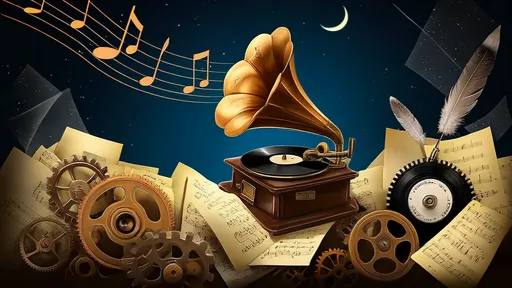
By /Aug 7, 2025

By /Aug 7, 2025

By /Aug 7, 2025

By /Aug 7, 2025
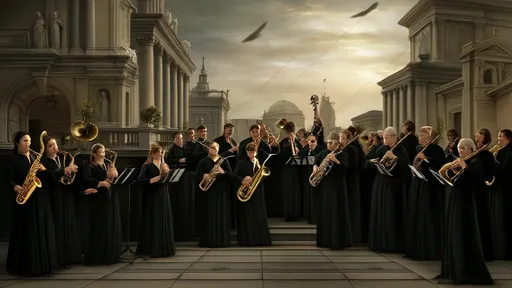
By /Aug 7, 2025

By /Aug 7, 2025

By /Aug 7, 2025
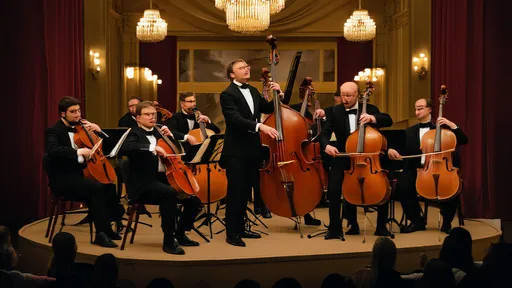
By /Aug 7, 2025

By /Aug 7, 2025

By /Aug 7, 2025

By /Aug 7, 2025

By /Aug 7, 2025

By /Aug 7, 2025
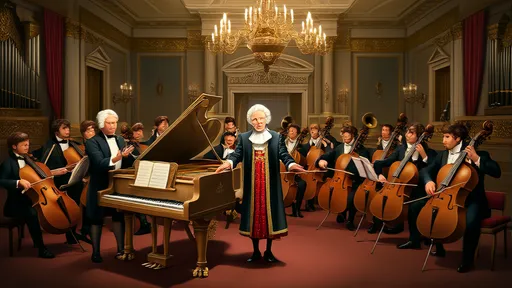
By /Aug 7, 2025
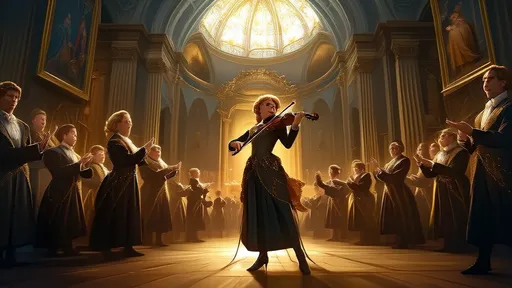
By /Aug 7, 2025

By /Aug 7, 2025
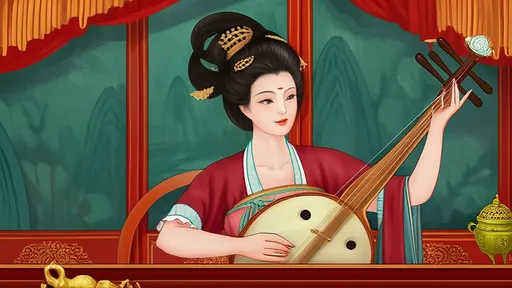
By /Aug 7, 2025
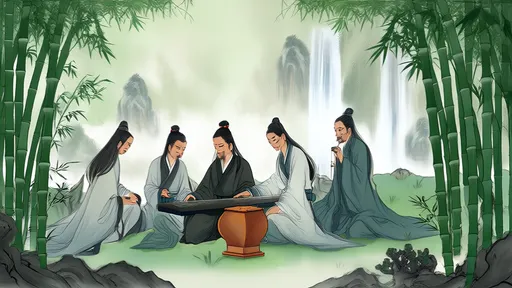
By /Aug 7, 2025